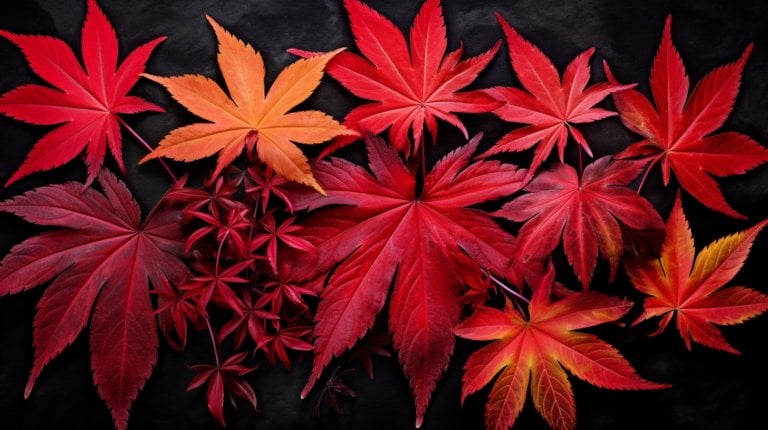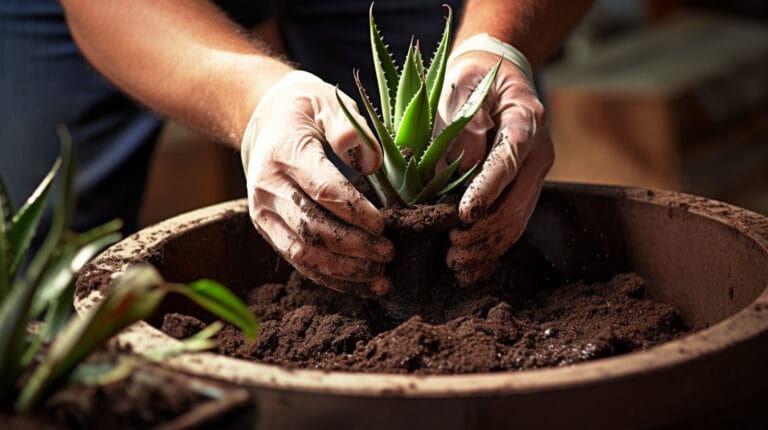Is Lettuce Annual or Perennial? Discover the Lifecycle of Your Salad Greens in 2024
Every spring, as experienced gardeners, we are once again captivated by the complex simplicity of lettuce growth, as we spread seeds throughout our gardens. We’re well-versed with the journey from a tiny seed to a lush salad bowl being dotted with numerous factors that determine the successful bloom or unfortunate failure of our greens.
Lettuce, with its crisp leaves and rapid growth cycle, seems to be a straightforward annual at first glance. Yet, whispers of perennial varieties linger among horticultural circles, piquing our curiosity.
We invite you to consider the possibility that this leafy staple may hold secrets to longevity and resilience that could transform the way we approach our gardens and our greens.
Key Takeaways
- Lettuce is an annual plant that thrives in cooler temperatures and completes its life cycle within a year.
- Successive plantings of lettuce every week or two ensure a continuous supply of fresh greens.
- Lettuce tends to bolt in heat, so it’s important to choose a sunny spot for planting, but also provide some shade during the hottest part of the day.
- Perennial vegetables, such as asparagus, rhubarb, and artichokes, can be incorporated into the garden for reliable harvests year after year, reducing yearly maintenance and adding diversity and sustainability to the garden.
Understanding the Basics of Lettuce: Introduction to a Popular Vegetable
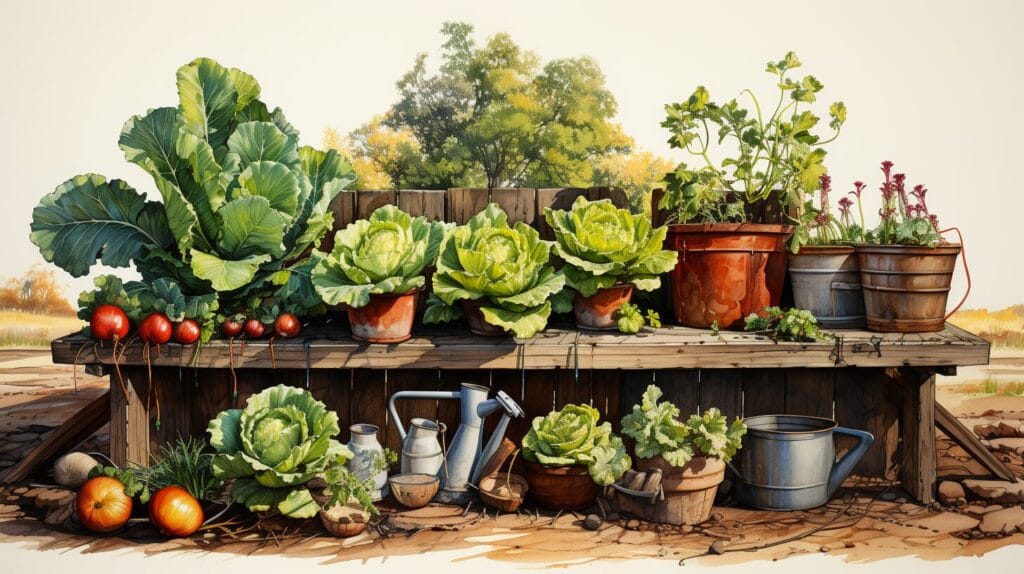
Lettuce thrives in cool temps and full sun. It offers tasty, diverse varieties to suit all salad lovers. This annual grows fast from seed to maturity. Although originally from the Mediterranean, it adapts across North America. It needs moist soil for 7-14 days to sprout.
Planning successive sowings ensures fresh greens. Heat brings bitter bolting each season. Lettuce completes its lifecycle within one year. Its global popularity stems from abundant types, easy growing, and reliable outputs. This annual leafy green works perfectly in gardens and salads worldwide. Enjoy versatile lettuce with stress-free cultivation.
Is Lettuce Annual or Perennial? Decoding the Life Cycle of Lactuca Sativa
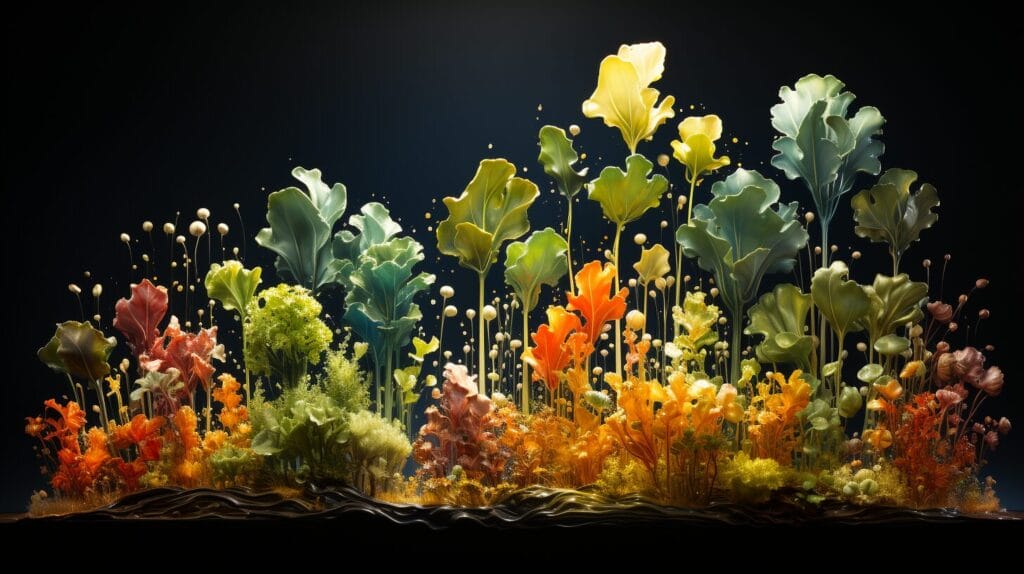
Lettuce typically completes its life in one year. However, sometimes it persists into a second year. This makes it behave more like a biennial. This happens under certain conditions.
Lettuce sprouts when the soil cools in spring. It needs full sun and some shade as it warms. Then it bolts, flowers, and finishes its usual annual cycle. Some climates stay mild enough for lettuce to survive winter. Certain pruning practices also help it overwinter.
With protection, it occasionally continues to grow into the next season. However, a biennial lifespan is uncommon without specialized support enabling atypical duration.
To paint a clearer picture, let’s look at a table that outlines the key stages of Lactuca Sativa’s life:
| Stage | Season | Description |
|---|---|---|
| Germination | Early Spring | Lettuce seeds sprout, plants need consistent moisture |
| Leaf Development | Spring | Plants grow leaves; ready for harvest before it gets too hot |
| Bolting | Summer | Flower stalks emerge, leaves often become bitter |
| Seed Setting | Late Summer | Flowers produce seeds, completing the annual cycle |
Lettuce Growing 101: A Guide to Planting Your Home Garden

Lettuce thrives when planted in mild temperatures, bolting as heat increases, so timing cool weather sowing is key for bountiful harvests. Preparing soil with organic matter, using a well-draining seed starting mix, and consistent moisture enables vigorous germination in as little as a week.
Thinning overcrowded seedlings while mulching to suppress weeds and moderate soil moisture ensures growing room and deters pests. Regular balanced feeding fuels growth but excess nitrogen negatively impacts flavor for mature lettuce heads.
Supporting beneficial garden insects through nearby flowers underpins biological pest control and plant pollination, boosting yields.
From Garden to Table: Harvesting and Consuming Your Lettuce Crop
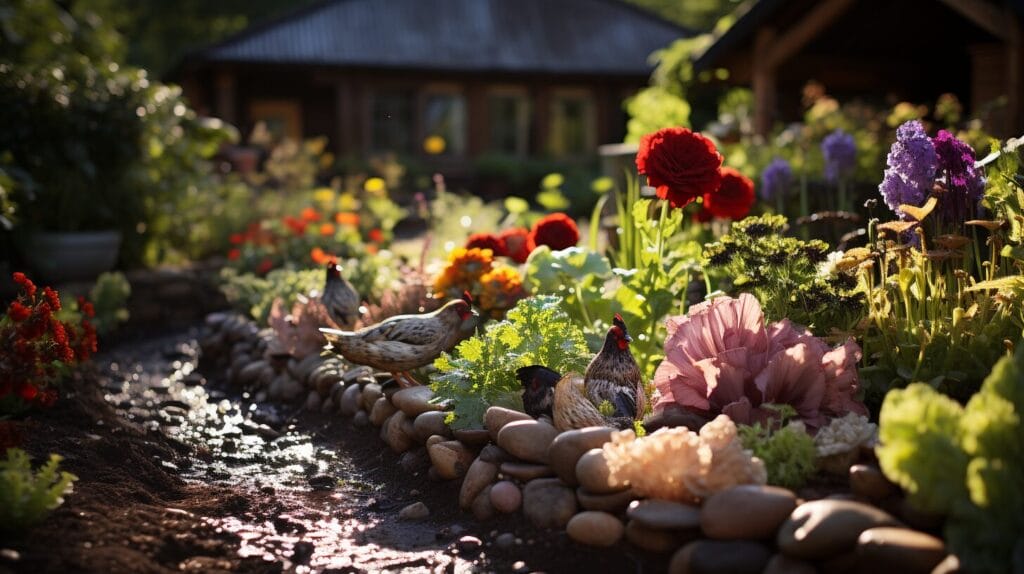
Having nurtured our lettuce plants through the growing season, we now turn our attention to the rewarding phase of harvesting and savoring the fresh, crisp leaves.
As we embark on harvesting and consuming our lettuce crop, it’s important to remember a few key points:
- Timing is Crucial: Harvest your lettuce early in the morning when the leaves are most hydrated and crisp. This is when they’re at their peak for both flavor and nutritional value.
- Gentle Handling: Use a gentle touch to avoid bruising the leaves. Damaged leaves can spoil more quickly, reducing the longevity of your harvest.
- Immediate Enjoyment: There’s nothing like consuming lettuce that has just been picked. The sensory experience of crunching into a leaf straight from the garden is unparalleled.
As we harvest, we’re careful to keep the soil moist, watering every day if necessary, to maintain the health of any remaining plants. We’ll use a fork to dig around the roots of mature plants, ensuring we don’t damage the tender leaves.
Exploring Other Perennial Vegetables for Your Garden

Perennial vegetables like berry bushes, asparagus, and artichokes reemerge easily for years after planting. They deliver bounty and beauty with little upkeep. Their versatility offers diverse flavors, colors, and harvest times over decades. Orchard trees showcase sustainability virtues in small spaces.
They enrich soil, support biodiversity, and provide fresh produce annually. Perennials require almost no yearly work after initial sowing. Their reliable return charms gardeners seeking consistent harvests. A single planting gifts many seasons of harvests.
That makes perennials the ultimate low-effort, high-reward garden addition. Their carefree lifecycle persists thanks to negligible annual labor.
Conclusion
We’ve peeled back the layers of lettuce’s life story, revealing it to be a tender annual that flourishes in cooler seasons. Together, we’ve sown, nurtured, and harvested these greens, bringing the cycle from garden to table.
As we enjoy our crisp salads, let’s not forget the other perennial veggies waiting to enrich our gardens. Here’s to the lush diversity of our plots and the joy of growing, picking, and savoring the freshest of feasts!
Frequently Asked Questions
Is Lettuce Annual or Perennial?
Lettuce is an annual plant, completing its life cycle within a single year and thriving in cooler climates. It’s easily grown from seed, offering us a quick turnaround for our salads.
Are Salad Greens Perennial?
Most salad greens, like lettuce, are annuals, completing their lifecycle within a single year and needing replanting each season for a fresh supply in our gardens.
What Is the Life Cycle of a Lettuce?
Lettuce typically lives for one year, sprouting from seed, flourishing, and then dying after it seeds. We plant successively to keep our salads fresh throughout the growing season.
Does Lettuce Return Every Year?
Lettuce doesn’t return every year; it’s an annual that we must replant seasonally. It completes its life cycle within one year, thriving in cool weather and requiring full sun.




